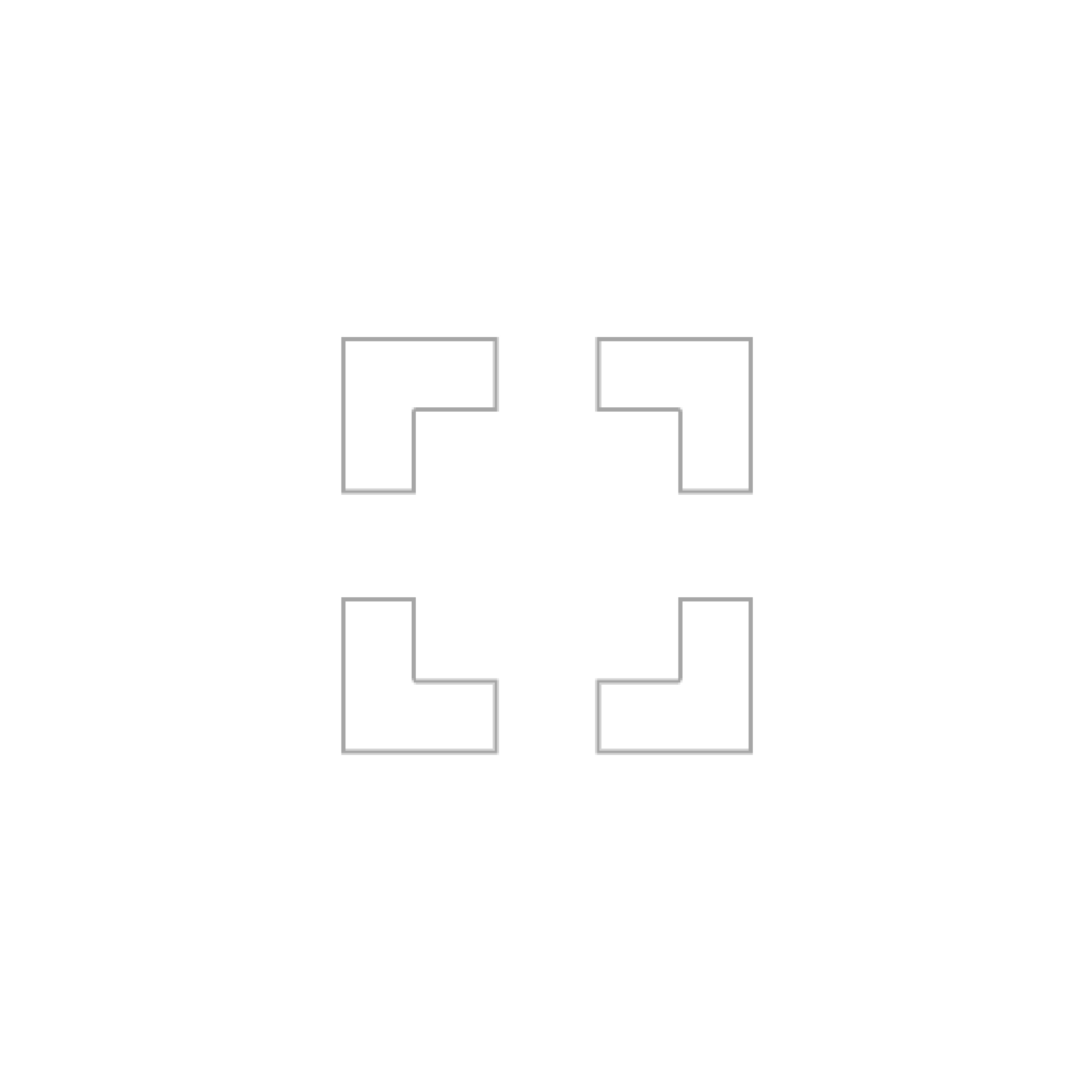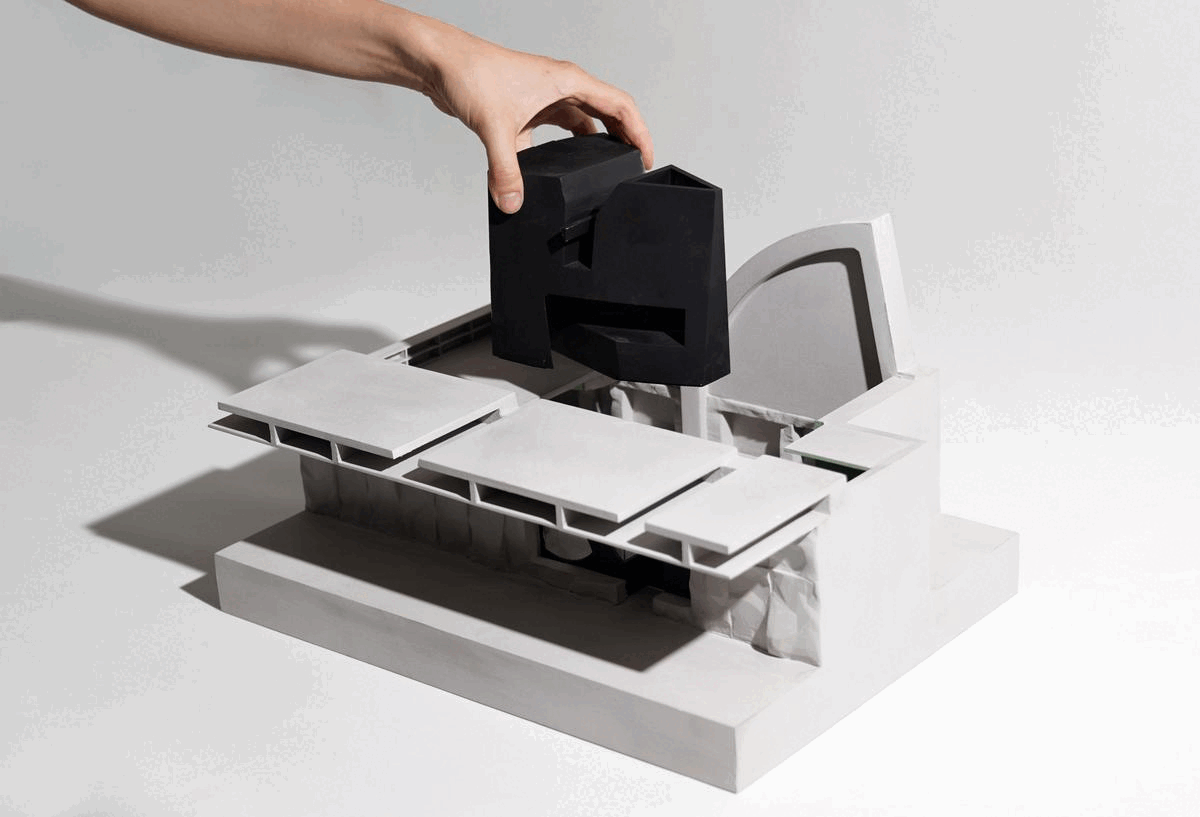MotivMfg Brand Store
MotivMfg Brand Store is planned to be located in an iconic semi-arched factory in the 798 art district. Since its inception, the brand has upheld the design concept of “Tradition for the Future,” creating clothing rooted in tradition but oriented towards the future by studying and refining clothing production techniques from various cultures, breaking the constraints of the modern era and large-scale industrial production lines. In 2022, PILLS was invited to design a store for MotivMfg. The site, formerly known as D-Gallery, was once the location of MotivMfg's design and production studio. It is an important place that witnessed the brand's growth. The space is located in a building built in the 1950s with a relatively high ceiling, a large transparent skylight, a white brick and concrete structure, and a semi-arched roof system. Over time, materials such as metal and concrete naturally present a rusted and peeling state. On the one hand, the owner of MotivMfg plans to relocate the studio and transform this space into a brand store. This store, as a witness of the brand development, will further expand the brand influence and create a comprehensive cultural space that combines clothing, books, and new product releases. On the other hand, the old factory needs new planning and design since it has experienced problems such as leaking and overheating in summer and excessive coldness in winter. Its only staircase is narrow and has to serve multiple functions. Room Within a Room The concept of “Room Within a Room” is used in the design to retain the original brick wall and roof. It introduces two spatial components to reorganize functions and traffic. To separate the service space from the main shopping flow, the design first sets up a new wall that combines it with the existing walls, forming a service belt. The relationship between interior and exterior is redefined using a series of foldable doors. The functions such as display windows, fitting rooms, staff passages, and storage spaces are embedded in the thick wall, making it compact and hidden. Another spatial component introduced is a black polyhedral installation, which integrates functions such as stairs, cashier counters, displays, and storage. It blends into the Bauhaus-style factory with its concise and powerful black form, dividing the overall space into north and south areas. Through geometric cutting, two passages are opened on both sides of the polyhedron, connecting the two areas on the first floor and guiding customers to the second and third floors. The north area's high space, due to the intervention of the installation, is stretched vertically toward the sky and used for displaying clothing and accessories. The black installation not only divides different functional areas but also gives the space a unique visual experience with its massive and mysterious appearance. To echo the original white brick walls, the design uses milky white rock-like materials to create display walls, deepening the three-dimensional display interface through a series of niches and lighting, making the clothing display more vivid. Display props are borrowed from old sanatoriums and hospital equipment, adding meaning of healing to the space. The south area has a more intimate scale, displaying shoes, cash registers, and fitting rooms. The walls and ceilings are covered with blue square tiles to pay tribute to the historical trend of building sanatoriums in the late 19th and early 20th centuries with the rise of the rehabilitation concept. Retired operating tables and lighting equipment become display props, bringing new interpretations to the commercial space. Following the staircase to the second floor, there is a mixed display area for showcasing clothing, shoes, books, and other products. At the top of the installation, a foldable staircase is concealed, creating a mezzanine leisure area facing the long window. Customers can climb up the steps and rest here. The installation enriches the vertical levels of the space, providing a unique experience and improving the utilization of the space. The third floor is a bookstore, and the embedded bookshelves enliven the original semi-arched walls of the building, creating an intimate and comfortable environment with display props in line with the sanatorium theme. The design fully utilizes the natural lighting from the north-side windows of the original building to maintain a sense of brightness throughout the space. The storefront of the clothing store is located in a semi-outdoor tunnel, with a thick wall made of rocks as the facade. The rock wall is excavated and cut to reveal black steel windows and an entrance, creating a low-key and mysterious first impression. The shape of the display window foreshadows the black installation that is about to appear indoors, enhancing the continuity of the spatial narrative. Project Summary Through the intervention of the installation and walls, the design comprehensively reorganizes the traffic flow, display space, and service space to meet the needs of multiple functions efficiently. At the same time, the design draws and integrates elements from sanatoriums, churches, and quarries. It creates a shopping experience oscillating between unfamiliar and familiar, nostalgia and future. It finds an appropriate spatial interpretation for the brand's concept of “Tradition for the Future." It also creates a simple, bright, hopeful, orderly, and comprehensive cultural space.
Project Information Project Type: Concept and Interior Design Project Location: 798, Chaoyang District, Beijing Client: Motivmfg Principal Architect: PILLS\Zigeng Wang Design Team: PILLS\Canqi Mu, Yuxin Tian, Xiaohuan Zhang, Zhenghua Liu, Bingjie Niu, Qianwen Luo, Quancheng Wu, Nami Zhou Design Area: 195 ㎡















